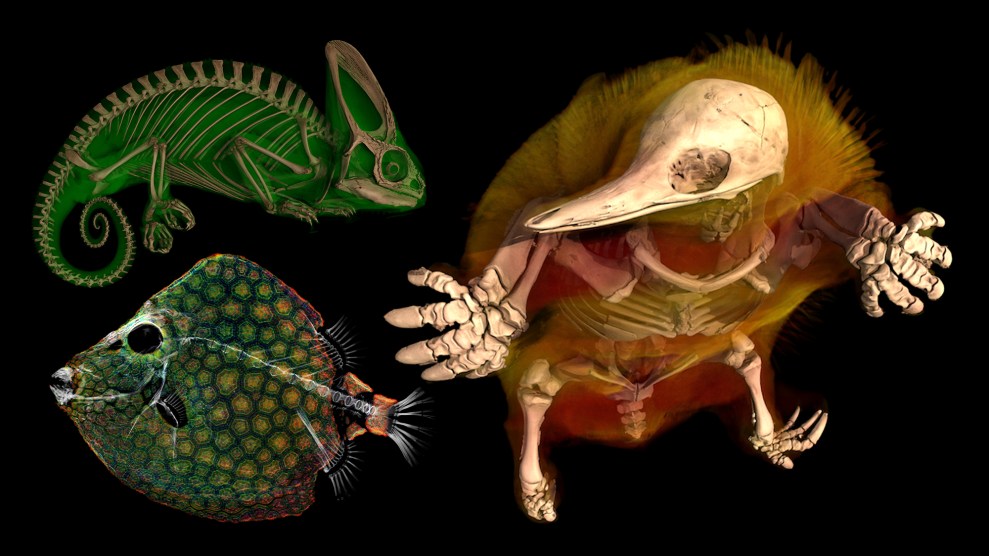Last night’s “Lost” left main gals Kate (brunette) and Juliet (blond) handcuffed together and running through the wilds a la “Charlie’s Angels.” As the two made their way through the brush, it struck me that their names are both found in Shakespearean works: Kate as the prickly one in “The Taming of the Shrew,” and Juliet as the star-crossed lover in “Romeo and Juliet.” In traditional Shakespearean fashion, both gals have picked the same man as their ill-fated lover.
As cliché as it is for two women to catfight over a man, I thought the episode was interesting. Kate’s tortured relationship with her own mother, and Juliet’s work at making women into mothers (she’s a fertility doctor) brought an interesting psychological element to the episode. Kate yearned to be supported by her estranged mother, but by killing her mother’s husband, she condemned the relationship to failure. Juliet, on the other hand, only wanted to help her sister get pregnant, and was then recruited to work on a fecund, jungle island where no one has any trouble getting pregnant.
It’s worth noting that there has been very little female bonding on this male-written show. Although men bro down like there’s no tomorrow–trekking into the woods, killing boars, hiding guns–the women are seemingly not very interested in interacting with one another, save when they need to take a pregnancy test. In fact, I can’t think of a single episode that’s focused on a female-female relationship in the show’s three year history.
Ultimately, I don’t know if the episode furthered any plot arcs, except for the fact that The Others are now seemingly gone except for Juliet. Quite a few bloggers have suggested that (like Shakespeare’s Juliet at the masked ball) Juliet is a decoy, a mechanism for getting inside the Losties once and for all. If she does, I hope she takes the time to make friends with some of the women, because I’m tired of men being the only ones with female friends on the show.
Okay, back to reality, where we have our own ongoing mayhem and tragedies to deal with.
—Jen Phillips















